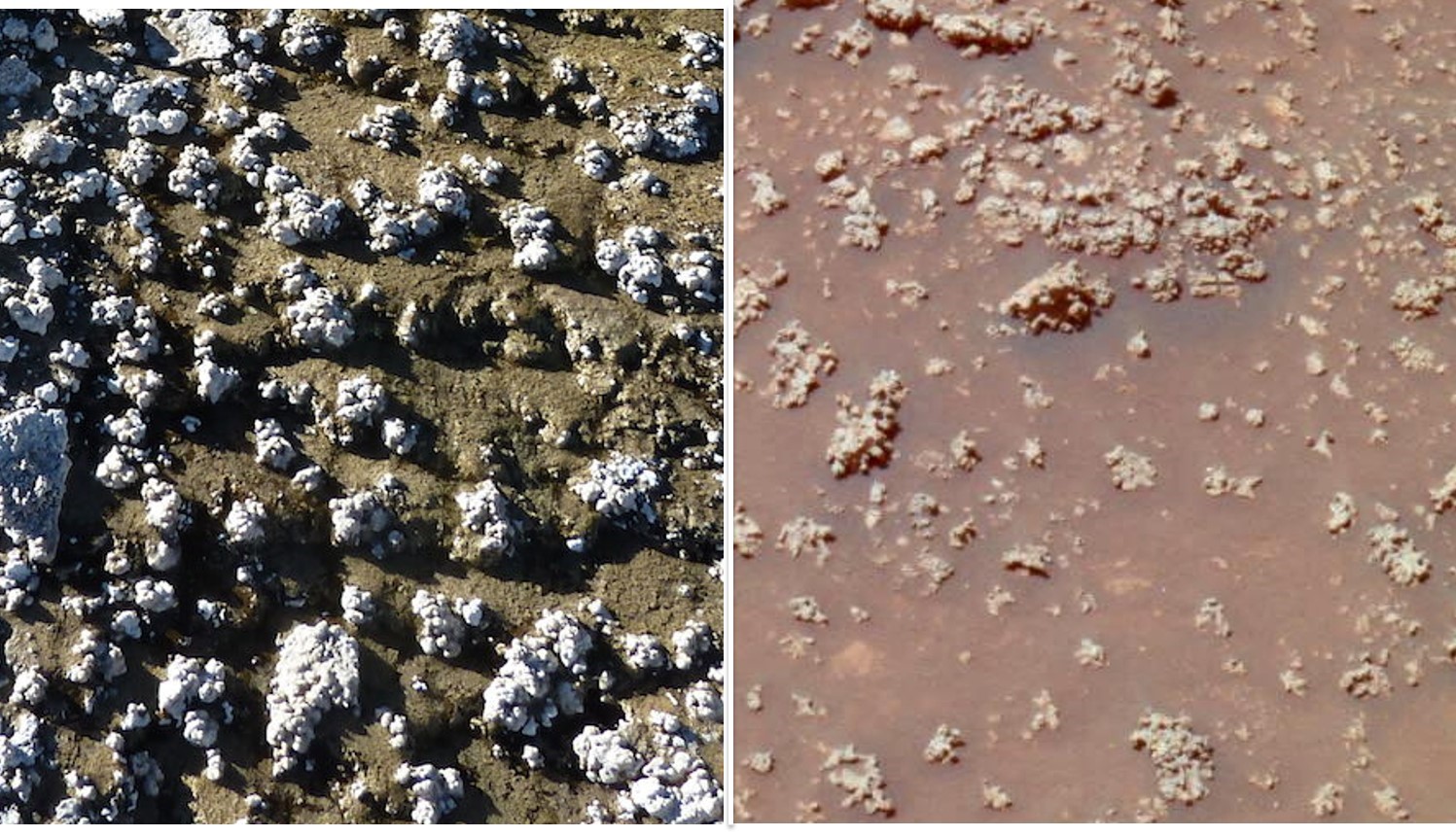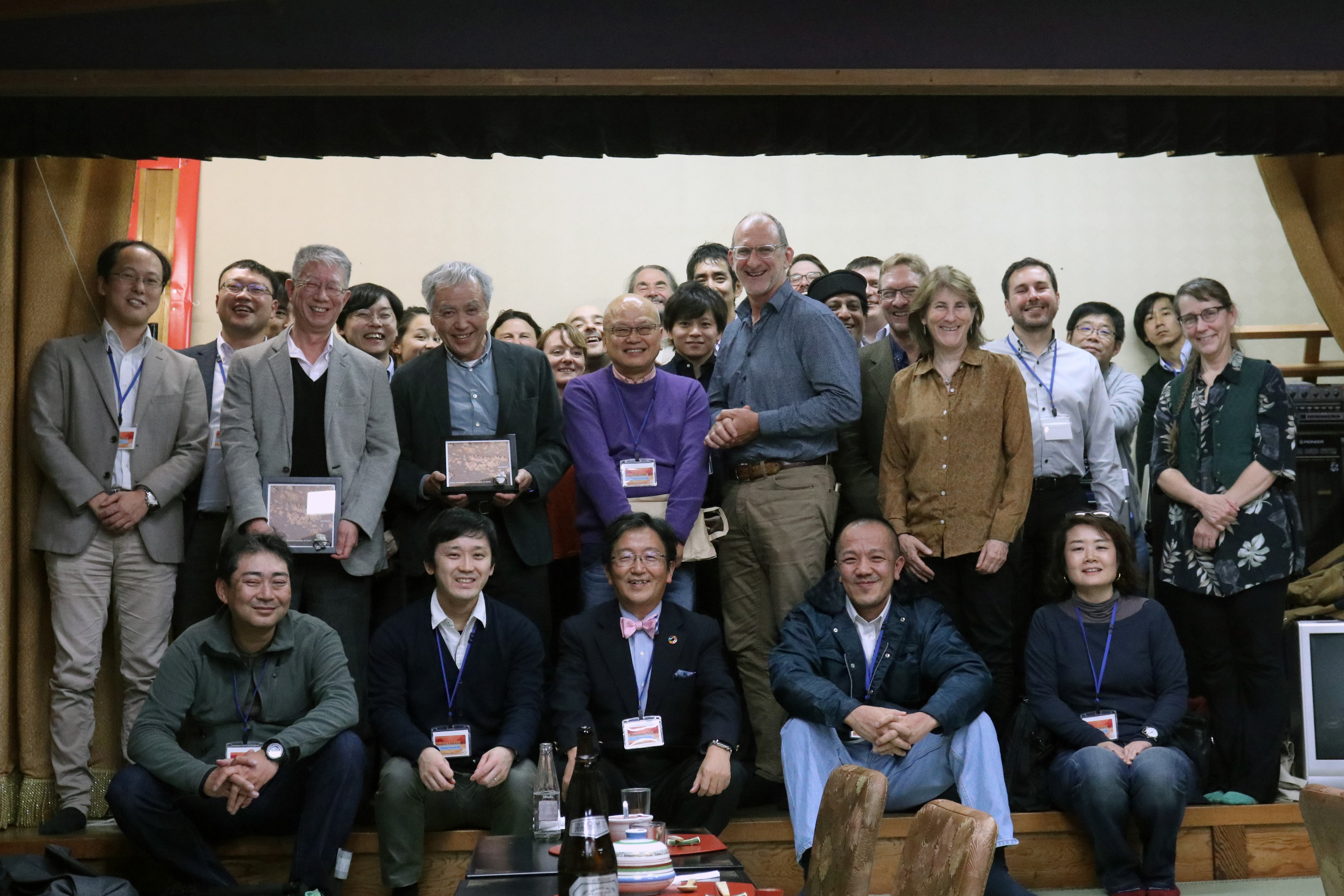Report on: “LifeSprings” planning workshop for a sample return mission to the Columbia Hills, Mars
On December 10-11, 2019, the PML of the Institute for Planetary Materials (IPM), Okayama University and the Australian Centre for Astrobiology of the University of New South Wales Australia co-hosted a two-day workshop in Misasa, Japan, to develop a proposal for a sample return mission to the Columbia Hills of Mars – here named “LifeSprings”.
There were 35 people in attendance, including academic staff and researchers of the IPM, senior engineering members of the Japanese Space Agency (ISAS/JAXA), a group of junior engineering academics who also have ties to ISAS/JAXA, NASA’s Mars2020 Project Scientist, and a number of invited academics from the United States of America, New Zealand, Australia, and India. Three invited research academics from Imperial College London and from Sweden were unable to attend.
The aim of the workshop was to investigate the feasibility of, and develop a mission plan to undertake a sample return mission to the Columbia Hills, Mars, with the specific aim of collecting and returning samples of digitate opaline silica nodules previously discovered by NASA’s Spirit Rover in the mid-2000’s, for scientific analysis for signs of past life.
The mission concept is driven by science, with engineering design to facilitate science objectives.
The scientific driver for this sample return mission is based on the following key components:
- A current school of thought, rapidly gaining traction with the global scientific community, is that the setting for the Origin of Life on Earth was in hot springs on land, and not in deep sea hydrothermal vents as previously thought;
- Active hot springs on Earth host diverse microbial life and are able to preserve biosignatures in their mineralised deposits, known as sinter;
- Sinter deposits from hot springs in Mars-like conditions in Chile show identical features to the hot spring deposits discovered previously by NASA’s Spirit rover at Columbia Hills, Mars, in the form of digitate opaline silica nodules;
- Hot spring sinter on Earth, including nodules with digitate structures, is precipitated by communities of living microbes;
- 3.5 billion-year-old hot spring deposits on Earth preserve signs of ancient microbial life, and are nearly the same age as the Columbia Hills deposits.
These key features have led the leaders of this workshop and their research colleagues to the conclusion that the best place to search for life on Mars is in ancient (Noachian) hot spring deposits, such as those preserved around the feature known as Home Plate, in the Columbia Hills of Gusev Crater, Mars.
This is because ancient hot springs would have been the most likely place for life to have gained a foothold on Mars, and because hot spring deposits are known to be able to preserve signs of life over billions of years. Indeed, it is considered that hot springs could have been the first and last outposts for life on Mars, in that – if life developed – it may have remained only within hot springs as the planet cooled and dried out after a short period of “warm and wet” conditions when life may have got started.
As to why undertake a complex sample return mission as opposed to a mission with capability for in situ analysis, the thinking adopted by the leadership group was that for any chance to convince the broader community that there was ever life on Mars (if, indeed there ever was), then we would have to have samples here on Earth so that we could subject them to the most rigorous scientific analysis, and share material with labs around the world for verification. It is simply the fact that the labs on Earth are far superior to anything we could fly up to Mars and thus, all efforts should be made to bring hot spring sample material back to Earth.
What was discussed at the Workshop?
Participants at the workshop presented a series of talks on:
- a review of the 2020 NASA and European missions to Mars to search for life,
- an overview of the very successful Hayabusa 2 JAXA sample return mission to asteroid Ryugu,
- a review of the history of Mars
- the geology and microbiology of both modern and ancient hot spring deposits on Earth,
- the origin and geological setting of hot spring deposits at Columbia Hills,
- current thinking about an origin of Life in hot springs on land,
- planetary protection,
- a series of presentations on preliminary engineering concept designs for a LifeSprings mission to Mars,
- Novel ways of sample collection, from rovers to drones.
What was concluded from the Workshop?
The following mission objectives were adopted at the Misasa LifeSprings workshop.
- We should go back to Columbia Hills to collect samples of digitate opaline silica nodules to bring back to Earth.
- The mission should be “disruptive” in being novel and game-changing, using new engineering approaches and new approaches to financing the project, outside of government agencies. There was no appetite to follow the existing mission plan outlines of NASA’s Mars2020 and ESA’s ExoMars, in part because of the large bureaucracy involved in government projects, and in part through the nature of design of the mission.
- The mission is for all of humanity, and will add value to existing missions in the search for life on Mars.
- The mission should be an international effort, led by a core group of international researchers, and young Japanese engineers.
- Develop a mission as quickly as possible, to take advantage of upcoming launch windows, with the aim to return samples to Earth within at most a decade, but preferably less time.

